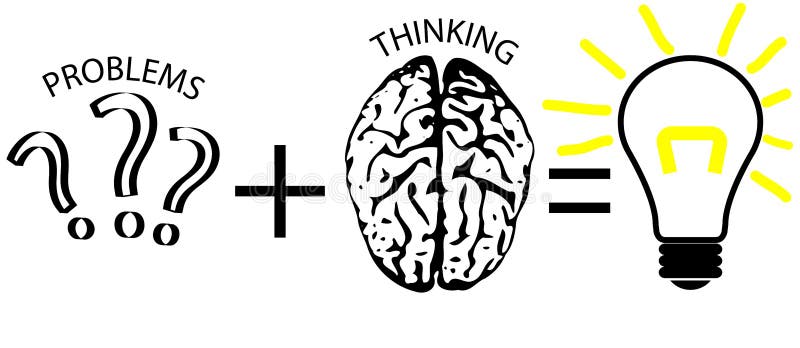What is photography
To answer the question, "What is photography?" is like trying to answer the question, “What is the purpose of life?”
This is because photography is incredibly complex. It has many features and types. There are technical aspects of photography and art. The method of photography is very different, usually from one person to another.
In addition, there is unlimited variation in image quality. In that sense, trying to explain the difference between a simple short photo and a work of art is a daunting task. You can tell by looking at two pictures, but passing on how you go from being a beginner to a professional is not an easy task.
But, you have to start somewhere, so in this guide, I offer a few basic ideas that will help you answer the question, "What is photography?"
Capture Explained
View a window in Le Gras Joseph Nicéphore Niépce photo of Joseph Nicéphore Niépce [Public domain] via Wikimedia Commons
If you are trying to figure out what photography is, it is important to start with the definition of photography.
According to ordinary people, photography is a simple process for capturing light with a camera to create an image.
This was first done in 1826, when Joseph Nicéphore Niépce took a photograph of his window. The photo, shown above, was titled Look Out the Window at Le Gras.
Depending on the title, the picture is less impressive. However, as the oldest image still in existence, it is an integral part of photography.
As this image is simple, it shows the technical process of taking pictures completely.
In order to process a photograph taken by his camera, Niépce used his invention called heliography.
He needed asphalt to melt in lavender oil. The resulting object was included in the lithograph. When dry, text was inserted into the lithograph, and then exposed to sunlight.
After drying, lavender oil was washed along with any loose bitumen. The remaining areas of the lithograph surface were washed with acid to create a final image.
But Joseph Nicéphore Niépce is the only artist in the history of photography. There were many other successes of photography along the way.
Short timeline for photography
timeline for photography Louis Daguerre [Public domain] via Wikimedia Commons
After Joseph Nicéphore Niépce successfully created the first permanent statue, there were many other changes in photography that brought us to where we are today.
Daguerreotype
Founded in 1829 by Louis Daguerre, a French painter, the Daguerreotype process was based on the work of Daguerre and Niépce. Daguerre's process of photographing shortened the longest exposure needed to the heliograph and resulted in more vivid images. Above, you can see his portrait of L'Atelier de l'artiste, erected in 1837.
Light Sensitive Paper
image description for the Scottish National Gallery [Public domain] by Wikimedia Commons
Surprising as the image quality of Daguerreotype was astonishing, just a few weeks after Daguerre announced his method, Fox Talbot, a British scientist, revealed that he had invented a new method of photography.
Instead of relying on metal plates as Daguerre and Niépce did, Talbot used light-resistant paper. His method, called the calotype process, was made public in 1841.
Above is one of the oldest known calotype, a portrait of Thomas Duncan about 1844.
Roll Film Founded
image of the success of the Public Domain image by Wikimedia Commons
In 1888, George Eastman and his business partner, Henry A. Strong, released the film for the first time.
The Eastman Kodak film was transparent cellulose coming in 70mm format. The scrolls were then cut in half (by Thomas Edison, not below) to form what became a standard 35mm film size.
These small, easy-to-use pieces of film have transformed photography into making it a reality for anyone.
The ad above dates back to 1900, and shows how a roll film makes the cameras too small to fit in a pocket.
Since then, a number of other improvements have been made to photography, including the development of 35mm cameras, fast film, digital photography, and the development of mobile photography. These and other photographic events are in-depth details in our review of 14 points of change in photography history.
Famous Photographers Famous for Photography
image description Ansel Adams [Public domain], by Wikimedia Commons
It is impossible to count all the photographers who over the years have contributed to making photography a goal for millions worldwide.
In fact, you are about to reduce the list of most famous photographers to less than a dozen.
In our study of the most famous photographers of all time, we identified more than a dozen photographers whose impact on photography was immeasurable. In addition to Louis Daguerre and Joseph Nicéphore Niépce, the list includes:
Ansel Adams, whose most famous work includes his black-and-white American West portraits (such as the Snake River and the Tetons, shown above). You are probably the most famous photographer in history, and you have helped to appreciate world photography and nature conservation. One of Ansel Adams' most famous quotes says, "You don't take a picture, you do it."
Henri Cartier-Bresson, regarded as the father of photojournalism. His vivid portraits and street scenes captured the imagination of millions. He also photographed some of the most important events in history, including the Chinese Revolution and the social and economic changes in the United States after World War II. One of Henri Cartier-Bresson's best quotes says, "For me, the meaning of the images, the simultaneous recognition, in a fraction of a moment, of the significance of the event."
famous graphic description D



No comments
Thanks you